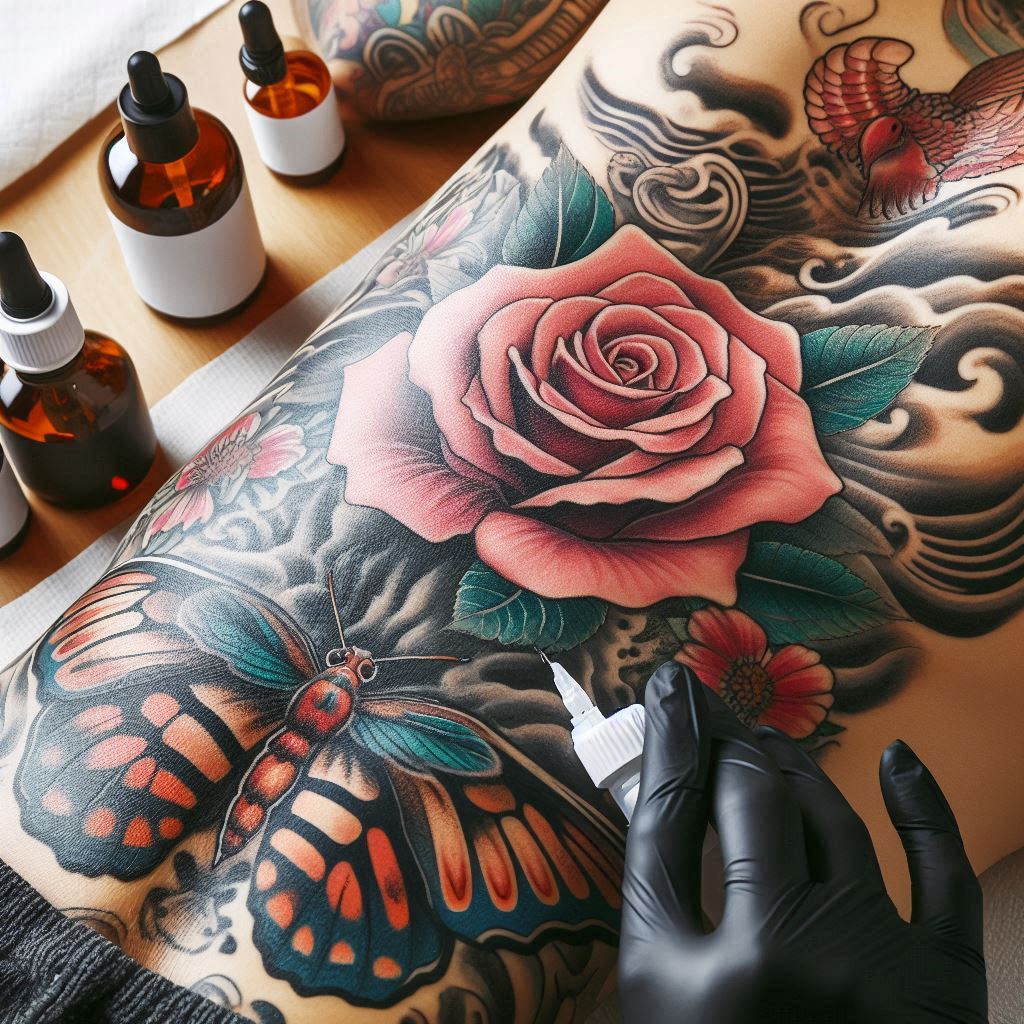The Role of Lidocaine in Numbing Cream
The most common numbing creams contain active ingredients such as lidocaine, a local anesthetic. They temporarily anesthetize the skin so that it is less sensitive to the vibration of the needle. While the cream does not eliminate all feeling, it significantly reduces pain, which is especially beneficial for pain-sensitive or anxious clients.
For tattoo artists, numbing cream can also make the process smoother, since clients will be in better spirits, allowing for a smoother process of the tattooing session. Moreover, clients won’t move around or need to be taken out for breaks, allowing the artist to work more efficiently.
What Are the Benefits of Using Numbing Cream in Tattoo Studios?
1. Increased Client Comfort
One of the best benefits of numbing cream is how comfortable it leaves the client. Most people do not want to get a tattoo because of the pain, especially for large or intricate work. By using numbing cream,
tattoo parlors can reduce this discomfort, making the process more accessible to clients.
2. Increased Client Satisfaction and Loyalty
If clients enjoy a pain-free or less-painful tattooing experience, they will be happier with their experience. Happy clients return and send others to the studio. Offering numbing cream ensures that client retention can be enhanced and could lead to business expansion.
3. Shorter Sessions and Enhanced Concentration
With numbing cream, clients are able to withstand longer tattooing sessions without having to take frequent breaks. This assists in speeding up the process, allowing the artist to provide tattoos at a faster rate without sacrificing on quality and care.
Are There Any Drawbacks to Using Numbing Cream?
1. Skin Sensitivity Issues
While numbing cream can drastically reduce pain, it is not suitable for everyone. Some individuals do have sensitive skin, and the cream will cause allergic reactions or irritation. Before using numbing cream, tattoo artists should ensure that clients have no known allergens to active ingredients.
2. Limited Effectiveness for Certain Areas of the Body
There are some areas of the body, such as the ribcage area, hands, or feet, that are notoriously more sensitive to receive tattoos. While numbing cream can remove some of the pain, it will not remove pain altogether in these sensitive areas. Therefore, while it may reduce pain, it may not eliminate it altogether in all cases.
3. Overuse Risk
In some cases, overuse of numbing cream can even lower its efficacy. If numbing cream is applied too liberally or too thinly, it may not be effective. Tattoo artists should educate their clients about proper use and ensure the cream gets used as it’s supposed to.
